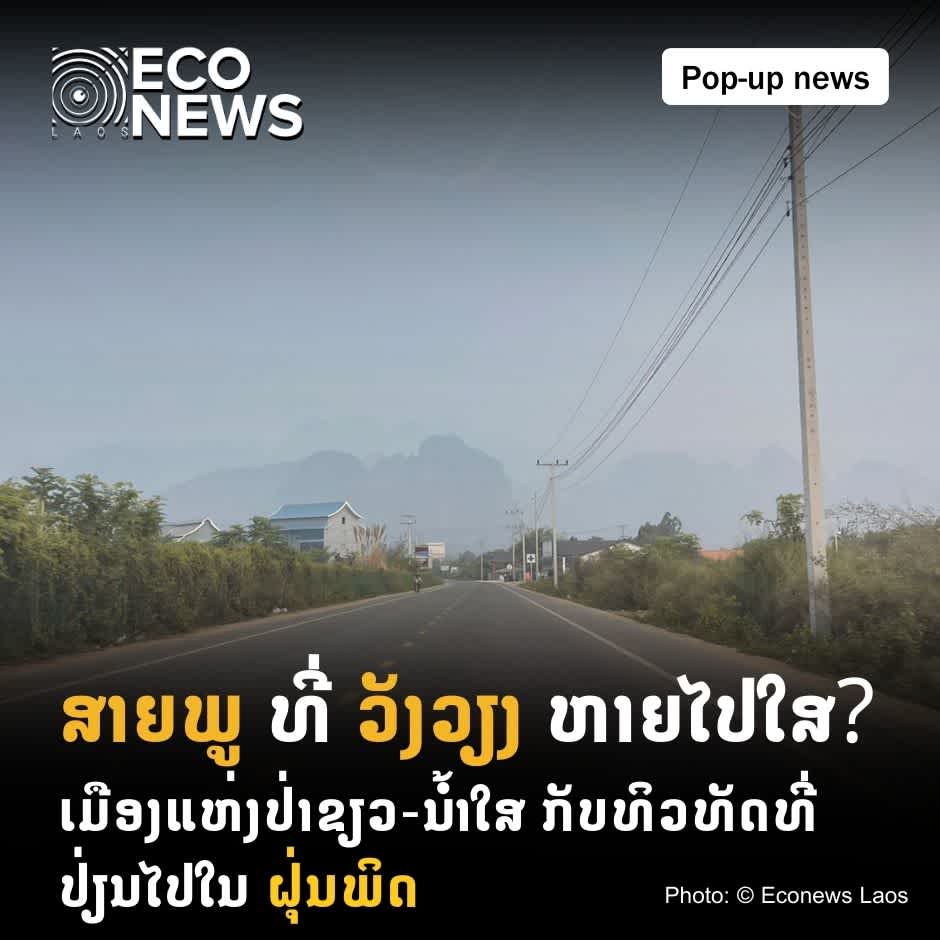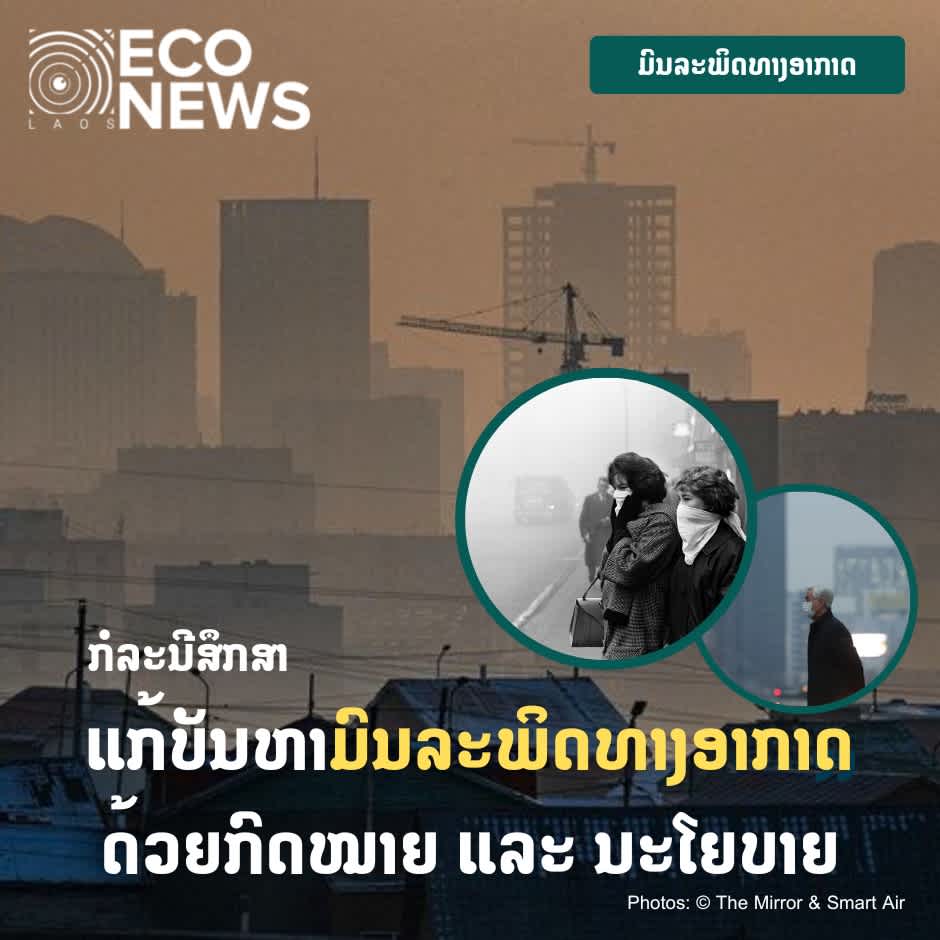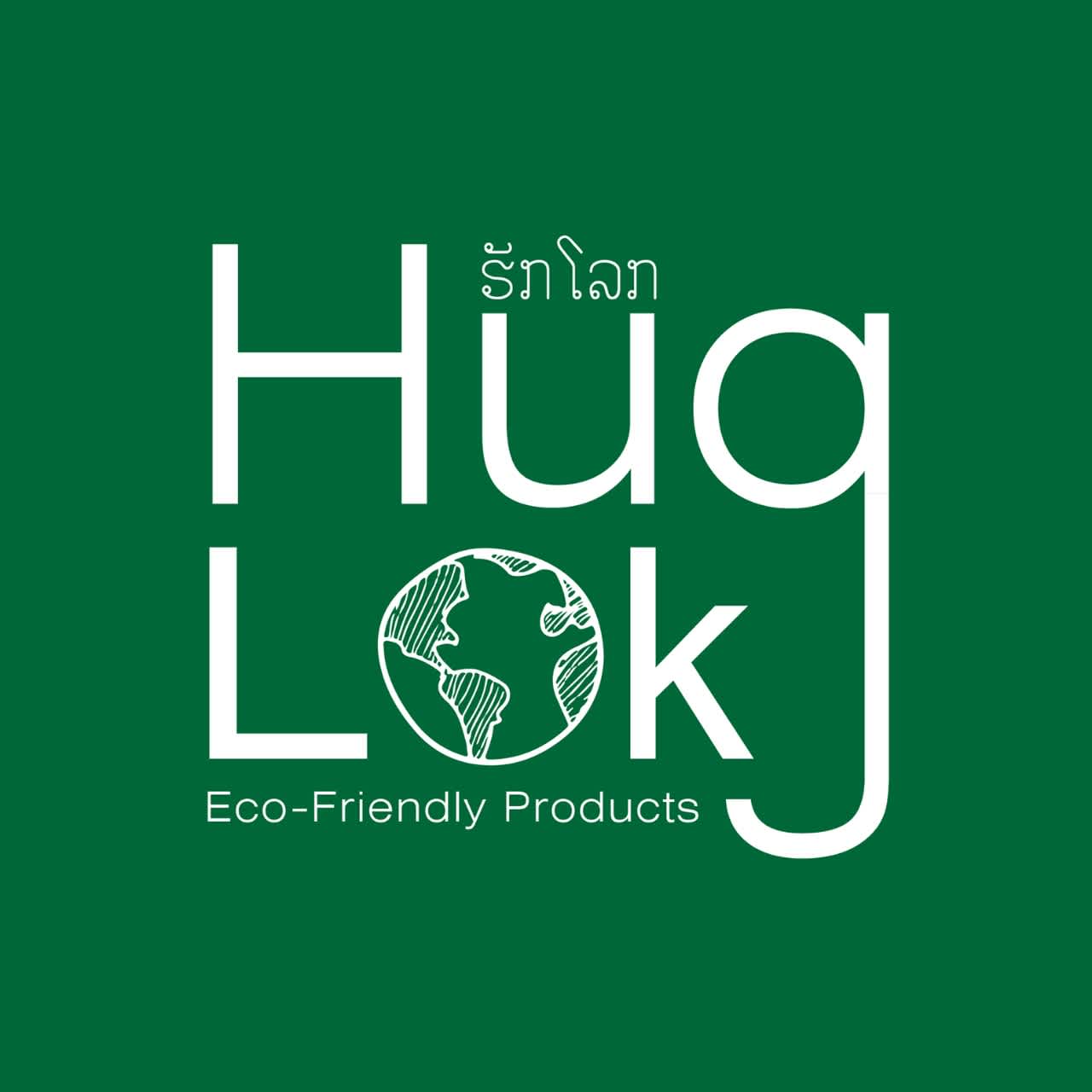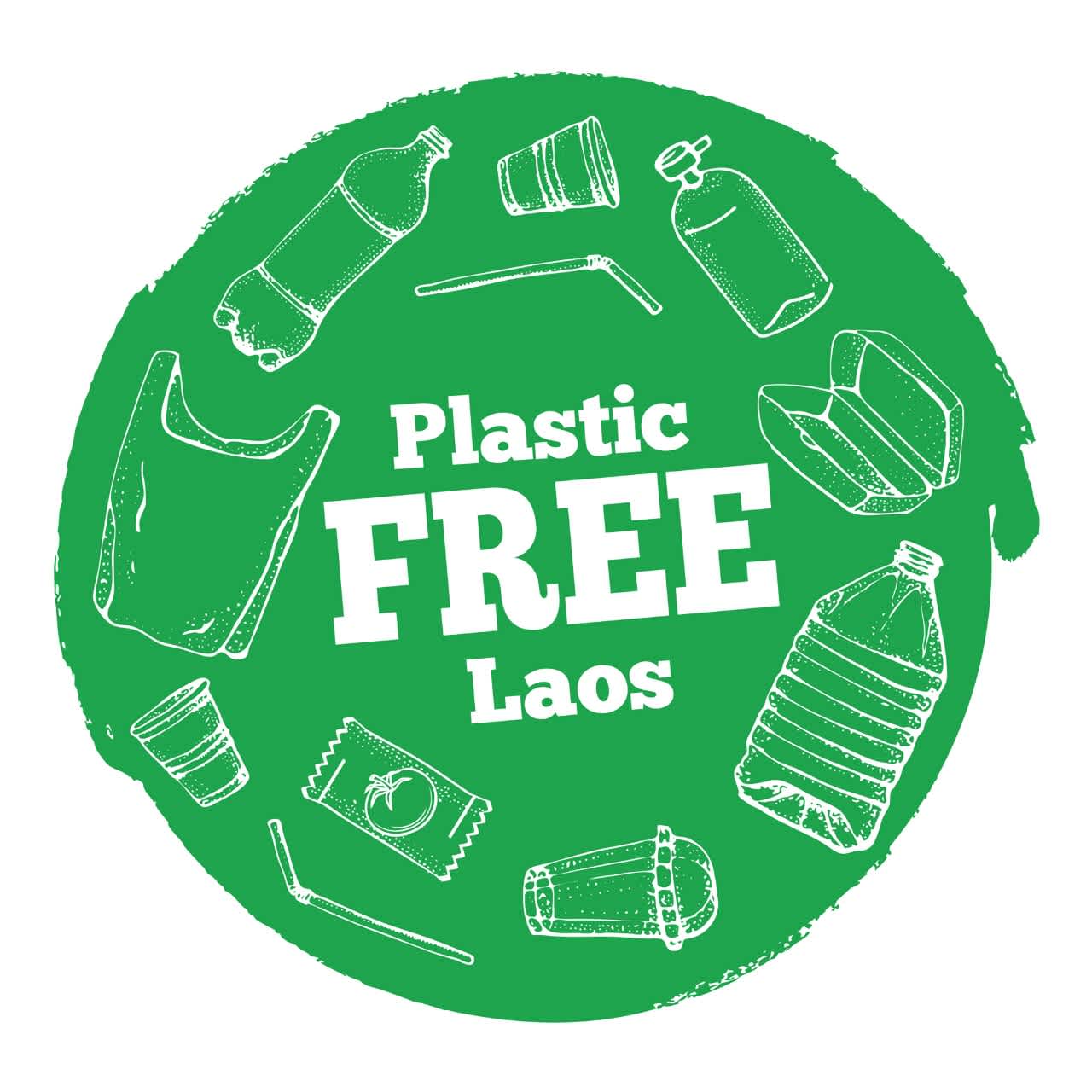
The polemic of the waste problem in Bali has not found a common ground after the limitation of the amount of waste disposal to the Suwung TPA. From the initial 225 trucks per day to 15 trucks per day. The increase in tourists coming to Bali is considered contrary to the provision of adequate waste disposal sites, even though the tourism business is a business that wastes land and produces a lot of waste.
Rohmah (in Tampubolon, et al., 2020) stated that the lockdown (during the covid-19 pandemic period) caused a panic buying phenomenon in the community so that people who had money over-consumed or spent excessive amounts of food to stockpile food and daily necessities.
This is reinforced by the existence of an Indonesian government regulation that applies Large-Scale Social Restrictions (PSBB). This has resulted in changes in the order of life, starting from the adaptation of a new habit of wearing masks every day to the dependence of households on delivery services, both food and shopping for daily necessities, which has an impact on increasing the volume of plastic waste. Consumption of online shopping in the form of packages increased by 62% and food delivery services by 47% (Roxanne, 2021). Then, the increase in the amount of waste at domestic sources reached 21.22% (Ruslinda, et al., 2021).
Furthermore, when entering the post-pandemic era, the amount of waste generated also continues to increase. Data from the National Waste Management Information System (SIPSN) of the Ministry of Environment and Forestry (KLHK) of the Republic of Indonesia states that the amount of waste generated in Indonesia will reach 68.5 million tons throughout 2021, with 17.54 percent (around 11.6 million tons) being plastics waste (CNN Indonesia, 2022).
The waste problem in Indonesia is one of the big problems, according to SIPSN data (in Dalilah, 2021), the amount of household waste in 2020 consists of 275 regencies/cities throughout Indonesia, namely; (1) Waste generation: 33,113,277.69 (tons/year), and (2) Unmanaged waste: 13,481,661.61 (tons/year) or in the number of 40.71%. Indonesia is the country with the 2nd largest waste producer in the world (Binus University, 2022).
Increased household consumption causes the amount of waste generated to also increase. This affects the quantity of waste that enters the landfill, as well as other impacts that follow. Most of the landfill conditions in regencies/cities in Bali are recognized as problematic, such as overloading, fires, groundwater contamination, and others. Some of the waste that has not been handled properly is burned (19%), thrown into the surrounding environment (22%), and thrown into waterways (11%), (Nurlita, 2022).
Several Government Programs in Overcoming Waste Problems in Bali. Government institutions and traditional and religious institutions are the main examples in the application of reducing plastic/single-use materials. Require all communities and business actors to sort waste from upstream sources (households, places of business, offices, and so on). There are at least 3 types that are separated, namely organic, non-organic suitable for recycling, and residue. I Dewa Gede Rai stated that currently Denpasar City has 12 TPS3R and plans to build 28 TPS-3R in Denpasar City, (Nurlita, 2022)
All parties to reduce or even stop all use of single-use non-organic materials such as plastic cups, paper cups, plastic bottles, oil paper, bioplastics, cassava plastics, and others. Replace with objects that are often used, such as glass, ceramics, or organic materials such as banana leaves, teak leaves, bamboo materials, and others. In addition, government agencies have also made efforts to provide medium and long-term solutions.
The medium-term solutions include building a new TPA with adequate area and technology for the Denpasar City Government, Badung Regency Government, Gianyar Regency Government, and Tabanan Regency Government. Increase the capacity of waste transportation and processing through the addition of a waste transportation fleet, heavy waste processing equipment, and waste fire extinguishers. Procurement is planned to begin in post-pandemic recovery conditions through the Bali Provincial Budget and the related Regency/City APBD.
The long-term solution is to continue the construction of Electrical Energy Waste Management (PSEL) at the Sarbagita Suwung TPA, the process of which has begun in 2019. Accelerate the completion of regulations governing household and village-based waste management to reduce waste disposal to landfill.
However, the solution to dealing with the waste problem does not only have to be done by the government. All levels of society have a role in reducing waste in our country. Especially the younger generation should be able to contribute their creative ideas to help fight the waste that is in their place.
#econewslaos#bethechange#DG8#solidwaste#solidwastemanagement
Reference:
- Binus University. (2022). Article: INDONESIA AS THE SECOND LARGEST FOOD WASTE CONTRIBUTOR IN THE WORLD. Can be accessed at https://student-activity.binus.ac.id/.../indonesia-as.../.... (accessed on 28/10/2022)
- CNN Indonesia. (2022). 2021 Plastic Waste Rises to 11.6 Million Tons, KLHK Insinuates Online Shopping. Can be accessed at: https://www.cnnindonesia.com/.../sampah-plastik-2021-naik... (accessed on 28/10/2022)
- Dalilah, EA (2021). The Impact of Plastic Waste on Health and the Environment.
- Roxanne, MN (2021). The Earth is Under Pressure: COVID-19 and Plastic Pollution. Scientific Journal of Social Sciences, 7(1), 45-55.
- Ruslinda, Y., Ashura, IK, & Aziz, R. (2021). The Effect of the Covid-19 Pandemic on the Amount of Waste at the Payakumbuh Regional Final Processing Site. Serambi Engineering Journal, 6(4).
- Tampubolon, LH, & Manurung, IDP (2020). The Impact of the Covid-19 Pandemic on the Economic Life of People in Indonesia. Untar, 25.







